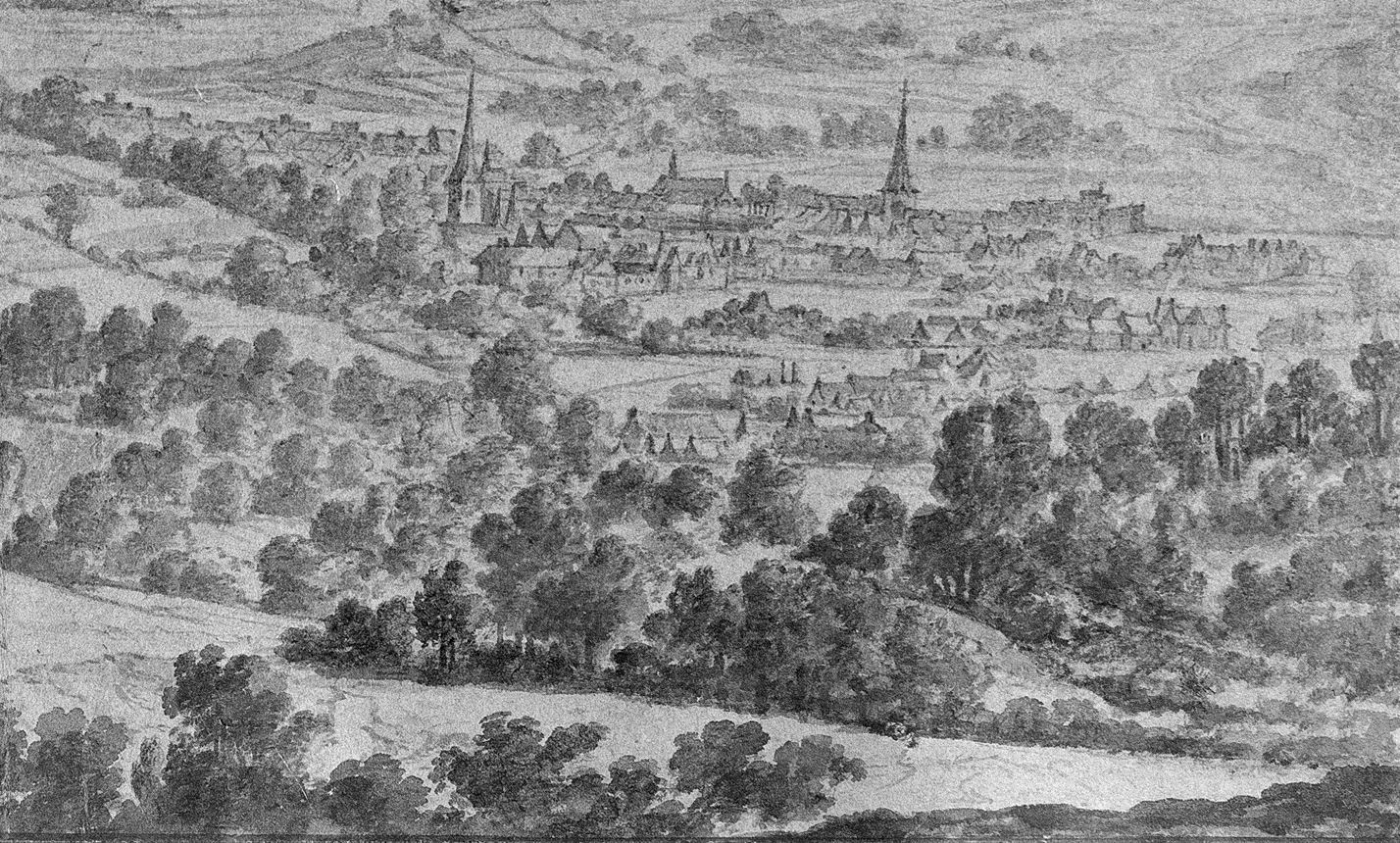The images require decoding because they are propagandistically charged. They were shot by the Cinematographic Service of the Belgian Army and subsequently shown in Belgian cinemas for propaganda purposes.
The very first insert in the short black and white film makes this clear. The title ‘Le Retour à la Mère Patrie’ (The Return to the Motherland) reveals that the film reflects a Belgian nationalist perspective. In 1918, the Belgian state took the position that with Eupen-Malmedy, it was regaining a territory that it was entitled to because of a divided past. This territory had belonged to the Spanish and Austrian Netherlands until before 1792, like large parts of present-day Belgium, and then to France until 1815. From this perspective, the area now returned to its fatherland Belgium after 105 years of Prussian, or German, rule.
The inhabitants of Eupen-Malmedy, however, had been socialised in the Kingdom of Prussia for about a hundred years, and over the course of the 19th century had grown up with a pronounced German nationalism. Many felt themselves to be Prussian citizens and regarded the German Reich as their fatherland.
The film, however, gives a different impression: people standing on the roadsides in fine summer suits and dresses greet the Belgian troops. ‘Malmédy vous salue’ (Malmedy greets you) is conveyed by a banner at the entrance to the town, Belgian flags line the streets and women hand flowers to soldiers. Many people may have attended the entry mainly out of curiosity. They wave at the camera or gather around it. It was probably the first time they had seen such a recording device.
From the Belgian state’s point of view, it was important to present the arrival of the Belgian army as a triumphant entry. The reasons for this was that during the peace negotiations in Versailles, the Allied delegations aimed at an annexation of Eupen-Malmedy to the Kingdom, mainly for strategic and economic reasons. That is why the second part of the film also shows images of the Elsenborn camp.
It is unknown how many inhabitants of Malmedy were in their homes and stayed away from the entry – out of protest or simply out of disinterest.
Film footage and photographs of the entry of German troops on 10 May 1940 must be dealt with similarly critically. Only the people who attended these marches can be seen. The same questions always arise:
- Which part of the population do you see?
- Who took the pictures?
- From which perspective was the film shot?
- How is the film edited and what are the resulting contexts?
- How are the film shots contextualised?
- Why are these things shown?
- …
